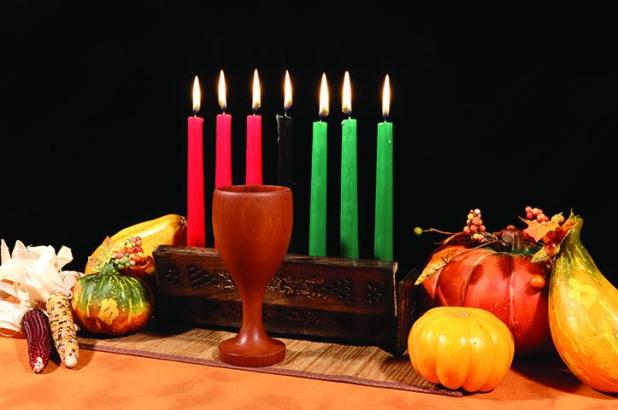
Primary symbols of Kwanzaa
Kwanzaa is an African American and pan-African holiday that is celebrated each December beginning on Dec. 26. The celebration of family, community and culture lasts for seven days.
Many holidays have their own unique symbols, and Kwanzaa is no exception. The following are the primary symbols of Kwanzaa, courtesy of OfficialKwanzaaWebsite.org.
Mazao
Mazao symbolizes the crops of African harvest celebrations. Mazao also is symbolic of the rewards of productive and collective labor.
Mkeka
Mkeka translates to “The Mat.” The mat in Kwanzaa celebrations symbolizes African American and pan-African tradition and history, and the foundations on which those traditions and histories are built.
Kinara
The kinara is a candle holder that is symbolic of the continential Africans to whom African Americans and pan-Africans trace their roots.
Muhindi
Muhindi stands for “The Corn” and symbolizes children and the future that they embody.
Kikombe cha Umoja
The Kikombe cha Umoja is the unity cup and symbolizes, in both principle and practice, the unity that makes all else possible.
Mishumaa Saba
This is the seven candles, which are symbolic of Nguzo Saba, or the Seven Principles of Kwanzaa. Each day of Kwanzaa is dedicated to one of the Seven Principles. The principles are a set of values Kwanzaa celebrants are urged to live by.
Zawadi
Zawadi stands for “The Gifts” and are symbolic of the labor and love of parents and the commitments made and kept by children.
The seven-day celebration of Kwanzaa celebrates African American and pan-African culture. The symbols of the holiday are a vital component of that celebration.
